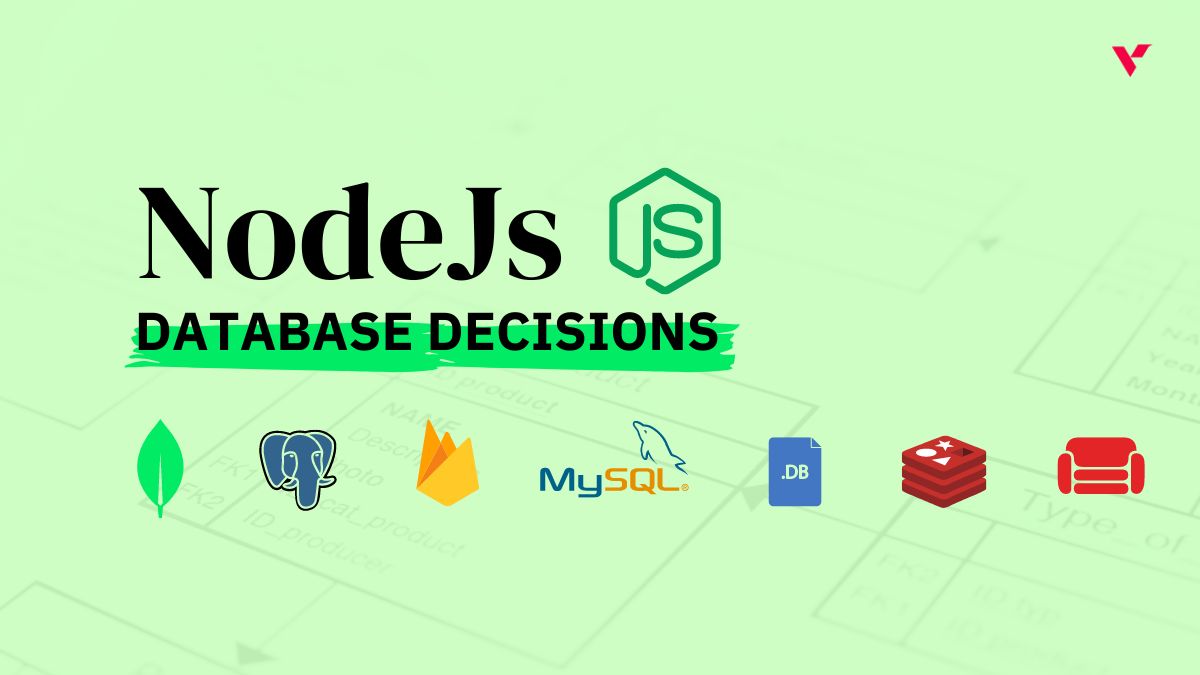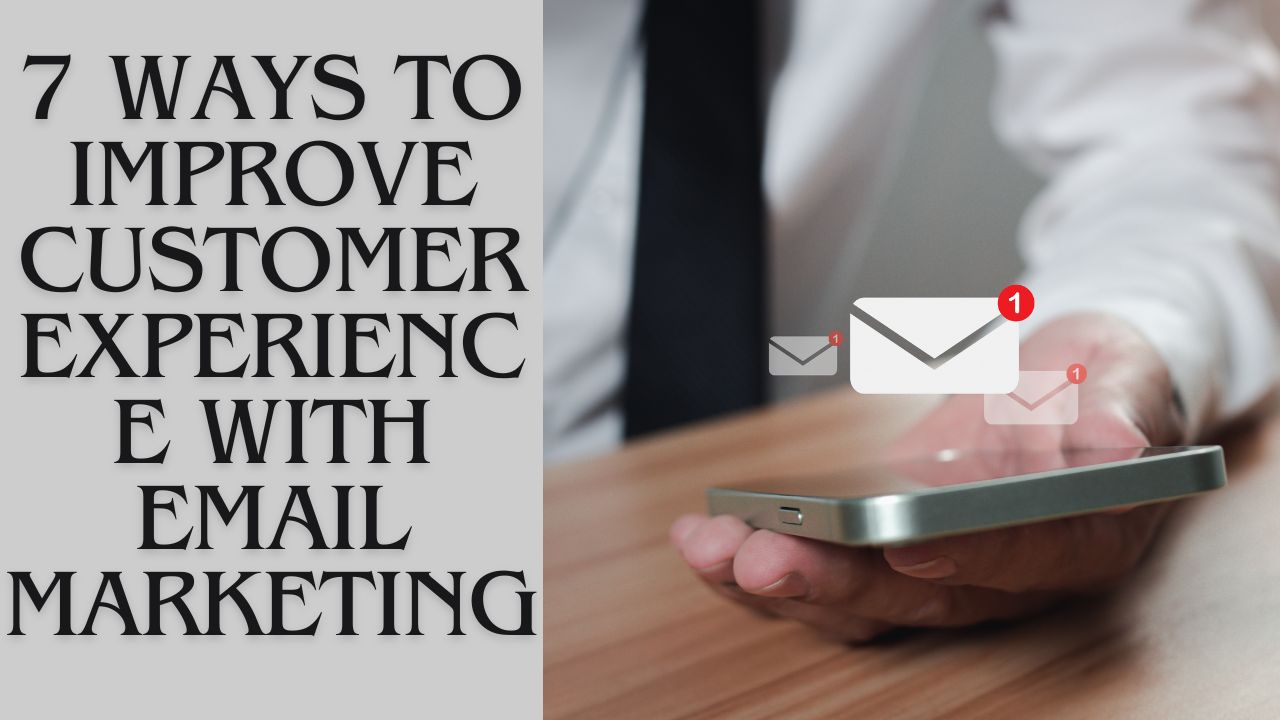Popular Tools by VOCSO
For small businesses who are looking to expand their profit margins, inbound marketing is the way to go. In fact, almost 60% of marketers have already adopted inbound marketing strategies for their companies. For those of you who don’t know, marketing can usually be classified into two types: inbound marketing, and outbound marketing. Inbound marketing is the phrase used to describe the process of attracting customers to a business, as opposed to bringing a business to customers.
To create an example of this, outbound marketing would be something like telemarketing or door-to-door sales. Inbound marketing, on the other hand, would be something like an opt-in email list, or a company blog that potential customers can engage with. In general, inbound marketing is meant to draw in customers without having to expend exorbitant amounts of money or time to do so. However, many people have misconceptions about inbound marketing. Read on to find out which of these inbound marketing clichés are traps you shouldn’t fall into…
Table of Contents
1. Proving ROI of Inbound Marketing is Impossible
This is a prevalent myth, but it is ultimately just that: a myth. The issue is not that ROI for inbound marketing can be proven, but rather that many companies are not using the right methods to research ROI on their inbound marketing efforts. Potential clients who opt-in to emails versus those that actually buy products, or readers per blog post versus readers who buy items – all of these statistics can be researched, but they simply often aren’t. Regardless, don’t let this myth discourage your inbound marketing practices.
2. Inbound marketing is a magic bullet (Offers Overnight Results)
This is a myth that often gets perpetrated. The truth is, in business, there are no magic bullets. The advantage of inbound marketing is that, especially in the form of social media campaigns such as YouTube videos, it has the potential to go viral. And if an ad or a video from your company does go viral, then yes, you can see tremendous success almost overnight. However, these types of results are far from typical. What you can count on, is that inbound marketing will provide you with consistent ROI if you commit to your inbound marketing campaigns and run them correctly.
3. Inbound marketing works for every business
Unfortunately, this isn’t true. Some businesses simply rely on outbound, or traditional, marketing in order to succeed. For example, you’re unlikely to get potential customers to come to you if your main function is to act as a call center. Also, inbound marketing campaigns for services with low customer engagement, such as debt collection for example, are unlikely to make waves. A good inbound marketing campaign takes time and effort, and for certain types of extremely niche businesses, the ROI on investment you’ll get out of inbound marketing simply isn’t worth the effort.
4. Our audience don’t read our blog
You should always see inbound marketing activities such as blogging as long-term efforts. Unfortunately, people tend to treat SEO based or social media driven inbound marketing activities, such as creating a YouTube channel or a blog, as a get rich quick scheme. The reality is, unless you put insane amounts of time and effort into optimizing every blog post or video you produce so that each one has a good chance of going viral, you aren’t suddenly going to sprout an extra million dollars out of a blog. Your blog will gain more popularity and influence the longer you stick to it, so as long as you make sure that you make sure that you’re properly optimizing your content and ensuring that content is high-quality, you’ll see an ROI and a reader base show up eventually.
5. Email marketing has better ROI than inbound marketing
Sorry, but no. Email marketing is a great device, but that doesn’t mean it’s all you should focus on. The issue with email marketing is that it gets very old, very quickly. Eventually, a subscriber will get tired of seeing your emails, and will relegate you to the spam folder. If, however, you have an inbound marketing device such a blog that consistently provides consumers with great information applicable to their interests, you’ll find that your usefulness to a customer has no expiration date.
6. All we need is a website
Sadly, for all the work it takes to create one, a good website is just the beginning for a successful inbound marketing campaign. Next, you need analytics and SEO software, good landing pages, opt-in emails, a regularly updated blog, and social media accounts that funnel into your website – and that’s just scratching the surface. The truth is, inbound marketing takes a lot of work. Is it worth it? Absolutely. In return for the work you put in, you can eventually build a well-oiled marketing campaign that draws in customers and almost runs itself. But Rome wasn’t built in a day, and in order to get to that self-sufficient state, you need to make sure all your pieces are in place.
Conclusion
In conclusion, no matter what size your business, inbound marketing campaigns can be powerful ways to expand your profit margins and drive new growth to your business. There are many myths surrounding inbound marketing that stigmatize it, and almost all of them are false. Inbound marketing is a fantastic way to cultivate your business, and I highly advocate that all businesses explore inbound marketing campaigns in order to improve upon their business and professional development.


















